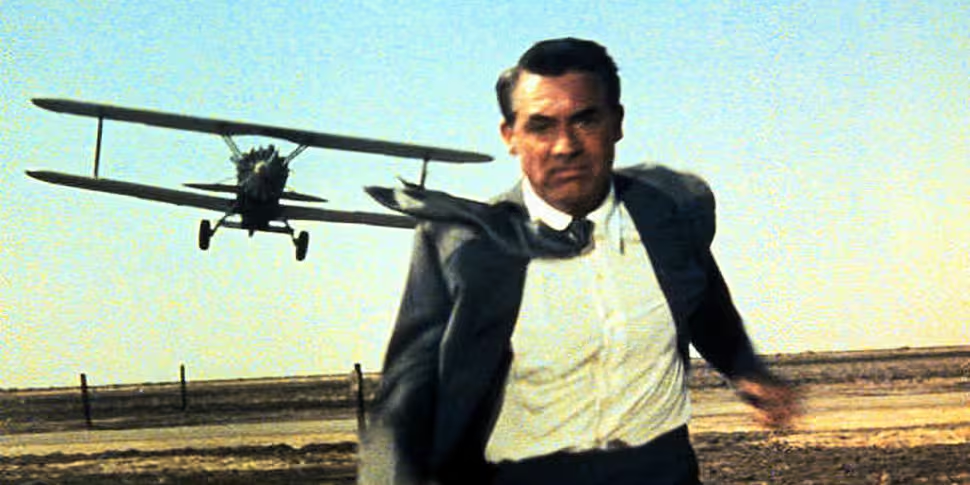Some people won't notice them. Others hate the 'black bars' or 'letterboxes' that fill their TV screens during some films. A few might even - sacrilege! - use their remote controls to change them, and some sets and DVD players might even do it without you noticing. But aspect ratios are the way they are for very specific and important reasons, both technical and artistic.
The people at FilmmakerIQ have put together a video explaining the history behind the numbers. From the 4:3 or almost 'square' look of classic cinema and television, to the super-wide visuals that define Lawrence of Arabia and similar big-screen epics, it's a surprisingly compelling tale of revolution and evolution. It was a far from straightforward journey to the general standards that exist today, involving fierce competition, warring factions and a whole host of wonderful experiments.
Loaded with helpful film clips and clear explanations of the technology involved, it's well worth twenty minutes of your time. And maybe next time you watch a film at home, you'll double check to make sure you're watching it the only right way.
The Changing Shape of Cinema: The History of Aspect Ratio from FilmmakerIQ.com on Vimeo.









